#March2016Sales
Ford Transit Is America's Best-Selling Van, Minivans Included
The Ford Transit was America’s best-selling van in March 2016 and the first-quarter of 2016, full stop.
Not just the best-selling full-size commercial van. Not just the best-selling commercial van overall. The Ford Transit was America’s best-selling van, besting all of its direct rivals as well as each and every minivan.
Much has been made of the all-American Ford Mustang’s one-month stand in Germany. Even if the Mustang’s “Best-Selling Sports Car In Germany” status is only temporarily grasped, it certainly was a noteworthy turn of events. Meanwhile, Ford of Europe’s long-running commercial van, now Americanized, is dominating on our side of the Atlantic.
Volvo's New XC90 Is Soaring; Other Volvos Are Tanking
We said the new Volvo XC90 would need to sell very well. It is, in fact, selling well. And given the sharp declines Volvo is reporting with every other model, we may have understated the need.
Globally, Volvo reported an all-time record number of sales in calendar year 2015. In the United States, however, even with the second-generation XC90 displaying signs of recovery, Volvo sales in 2015 were half the total achieved by Volvo 11 years earlier.
But in early 2016, Volvo’s big new SUV isn’t simply “displaying signs of recovery.”
Nearly half of all Volvos sold in America in the first-quarter of 2016 were XC90s.
Why Aren't Americans Buying Mazdas?
Through the first-quarter of 2016, U.S. auto sales volume grew 3 percent compared with the same period in record-setting 2015.
Mazda’s U.S. sales have fallen 17 percent, a meaningful decline of 13,399 sales over the course of only three months.
Something isn’t clicking for Mazda.
March Volkswagen Sales Better Than February, But Still Falling
Compared with February 2016, March 2016’s U.S. sales at the Volkswagen brand jumped 21 percent.
So everything’s back to normal, right? The diesel emissions scandal’s impact has clearly waned, right? Volkswagen’s U.S. team obviously figured out how to market, price, and stock a gas-only lineup, right?
No. This is why we examine an automaker’s sales volume on a year-over-year basis, and why understanding the seasonality of the auto business is essential.
Want To Beat The Honda CR-V? Sell a Hybrid
After finishing a close third behind the plunging Ford Explorer and Chevrolet TrailBlazer in 2006, the Honda CR-V went on to claim the top spot among SUVs/crossovers in America in eight of the following nine years, including the last four consecutive years.
A victorious ending to 2016 appears less certain for the CR-V. In the last five months, the best-selling utility vehicle in America was the Toyota RAV4, sales of which rose 14 percent in the first-quarter of 2016 as CR-V volume slid 3 percent.
Incidentally, the last SUV to unseat the CR-V on a calendar year basis was the Ford Escape. Back in 2011, the Escape was available with a hybrid powertrain, an option not offered by rival small SUVs. Fast forward to 2016, and the vehicle most likely to unseat the CR-V — the surging RAV4 — is likewise available with a hybrid powertrain. A meaningless, low-volume variant meant to bolster an automaker’s green cred? Perhaps that was the case with the Escape in 2011, but there’s an entirely different story to tell with the RAV4 five years later.
FCA's Rapidly Rising Chrysler Group Sales Are Back At Pre-Bankruptcy Levels
At Fiat Chrysler Automobiles, this much we know: 72 consecutive months of year-over-year U.S. growth, a market share increase in the United States from 9.4 percent to 12.8 percent between 2010 and 2015, routine record-setting U.S. sales performances at Jeep, and an overarching “light truck” division that now produces more than four out of every five U.S. sales for the automaker.
Chapter 11 reorganization was undoubtedly a painful process — bankruptcy isn’t supposed to tickle. And because of reliability woes, frequent Alfa Romeo delays, and poor passenger car demand, there are serious doubts about the automaker’s long-term plans.
Yet only a few quick glances at an FCA U.S. monthly sales report are necessary for observers to replace concerns with applause, at least in the here and now. The rate of growth is staggering. The U.S. auto industry grew its volume by 37 percent between 2011 and 2015, a period during which FCA — and formerly the Chrysler Group — grew 64 percent.
Pickups, Honda Civic and Accord Winning 2016 Sales Rankings
Consumers, businesses, and government agencies registered nearly 4.1 million new vehicles during the first quarter of 2016. That’s an additional 130,000 new vehicles sales compared to the pace set one year ago, and equals a 3.3-percent year-over-year improvement over a record-setting 2015. But while there’s meaningful sales growth within the industry, passenger car sales continue to tumble and the premium market continues to stumble.
Many aspects of the U.S. auto market are changing, but some corners of the market refuse to reflect any change in the attitudes of consumers. The three best-selling vehicle lines in America in 2015’s first-quarter are the three best-selling vehicle lines in 2016’s first-quarter. All three are pickup trucks.
U.S. Auto Sales Brand-By-Brand Results: March 2016 YTD
Against expectations that auto sales would rise by at least 7 percent, March 2016 volume in the United States increased just 3 percent. Modest growth at General Motors and noteworthy drops at Toyota, Volkswagen, BMW, and Mercedes-Benz didn’t stop auto sales from increasing by more than 50,000 units, year-over-year. But the possibility that auto sales in March would climb to one of the highest levels ever failed to materialize despite an additional two selling days compared with March 2015.
Indeed, the daily selling rate achieved by the auto industry decreased even as March 2016 hosted 27 official selling days on the auto sales calendar, up from 25 one year ago.

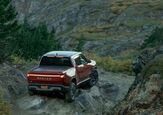
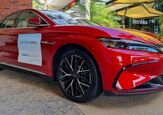
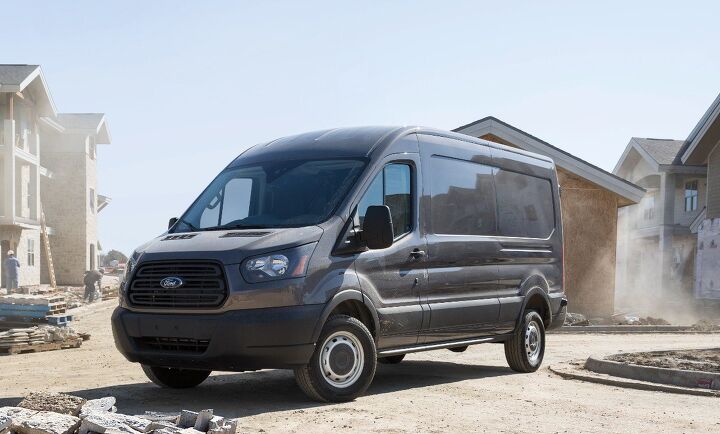



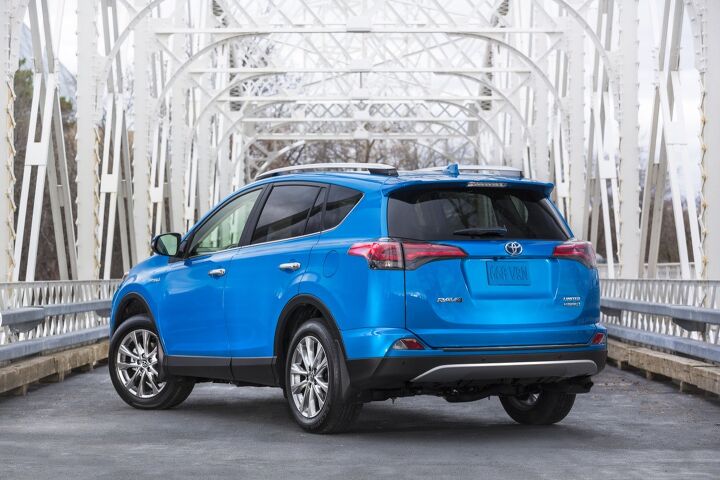

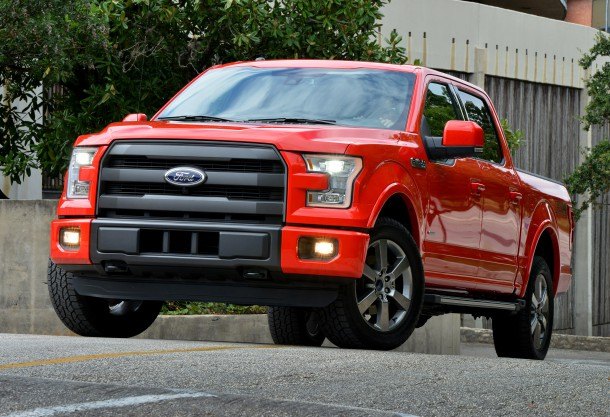
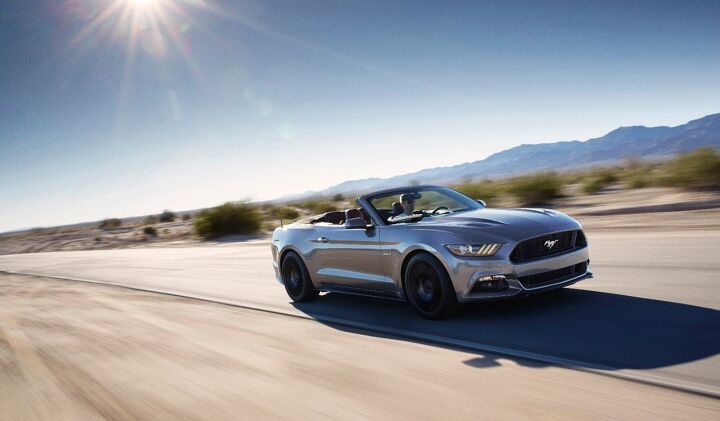






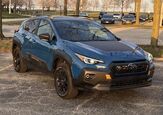





Recent Comments